The Only Watercolor Supplies I Actually Use in the Garage Studio
Forget sponsored gear lists. These are the only watercolor supplies I actually use in my garage studio—paints, brushes, paper, palette, and a few extras that keep me painting every day.

Welcome to my garage approved watercolor toolbox. No sponsors, no promos—just the gear I’ve used for years in my converted garage studio. After two decades of painting professionally, I’ve tried the cheap stuff, the gimmicks, the “must-haves” everyone pushes. Most of it isn’t worth your time or money.
So here it is: the real kit. If it’s not on this list, I don’t use it. Watch Video, or scroll down to see what I use...
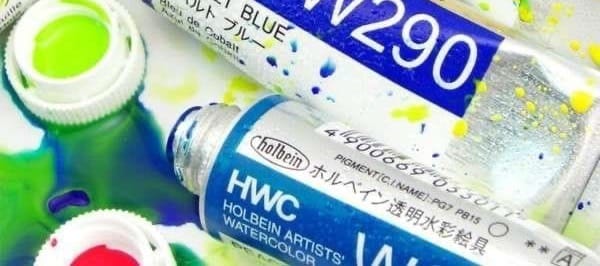
Paints: Holbein Pro Watercolors
Holbein has been my go-to for over twenty years. They’re reliable, vibrant, and mix cleanly. You don’t need 40 colors cluttering your palette—just eight solid hues that cover everything:
- Yellow Ochre
- Cadmium Lemon Yellow
- Ultramarine Blue
- Cerulean Blue
- Alizarin Crimson
- Cadmium Red Light
- Neutral Tint
- Burnt Sienna
With these, you can mix almost anything. Less confusion, more painting.
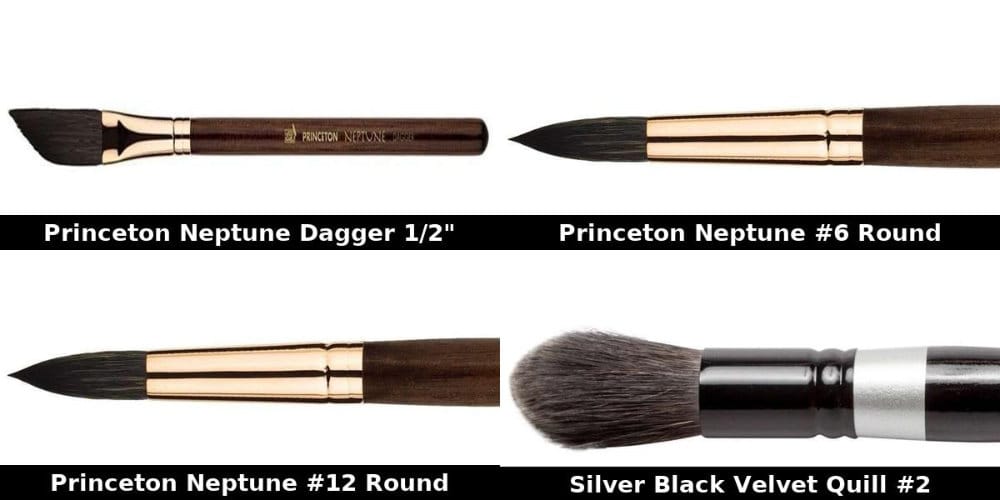
Brushes I Trust
I’m not a brush hoarder. A few solid tools do the work:
- Silver Black Velvet Quill #2 → my wash brush for laying down big areas or wetting the paper.
- Princeton Neptune #12 Round → handles medium washes, trees, skies. Holds a point for years.
- Princeton Neptune #6 Round → for smaller shapes, edges, and details.
- Princeton Neptune ½″ Dagger → my secret weapon. Versatile enough for washes, details, and expressive marks.
That’s it. Four brushes that can carry you through landscapes, still lifes, even portraits.
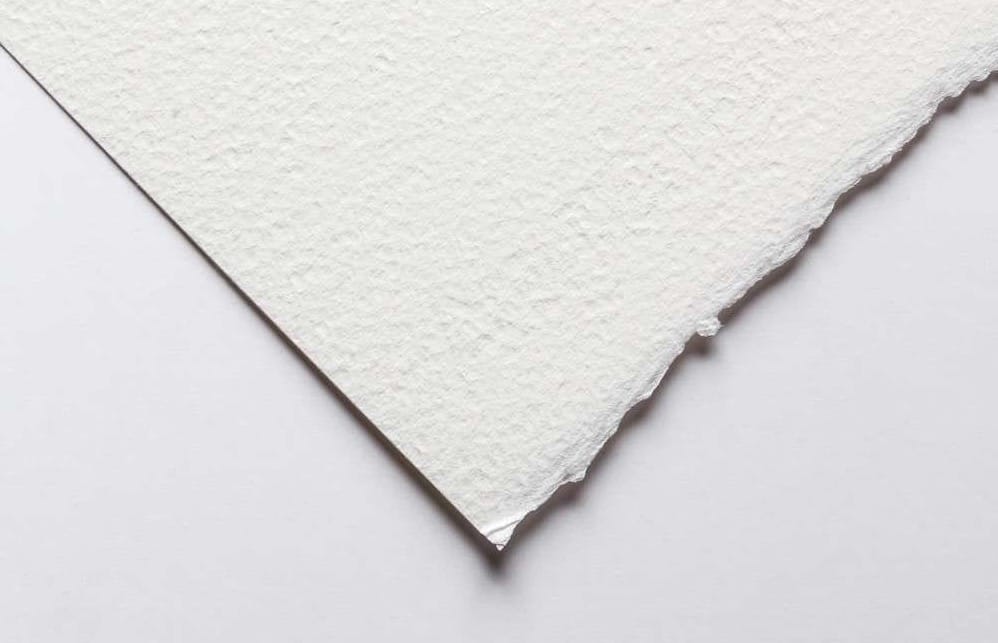
Paper: Fabriano Artistico 140 lb Cold Press
Paper matters. Cheap paper buckles, pills, and makes watercolor miserable. Heavy 300 lb paper? Overkill, no thanks!
Fabriano Artistico 140 lb cold press is the sweet spot—strong enough to take layers, forgiving enough for beginners, and affordable if you buy in bulk. I’ve burned through stacks of it in my garage, and I’ve never looked back.
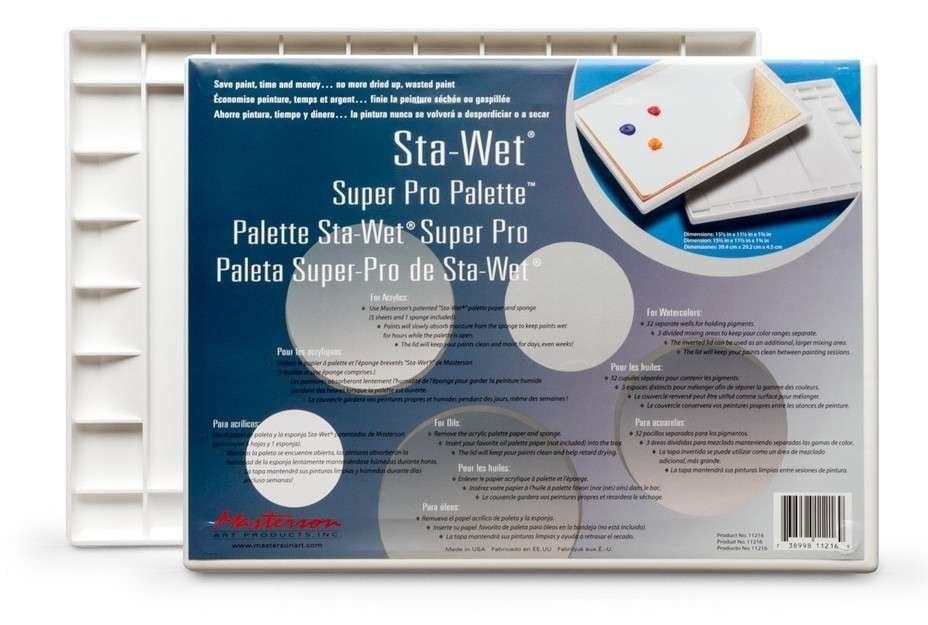
Palette: Masterson Aqua-Pro
I’ve tested plenty of palettes. The Masterson Aqua-Pro just works—lots of wells, wide mixing areas, and a lid that snaps shut when I’m done. It’s rugged, stain-resistant, and has survived years of abuse in my studio.
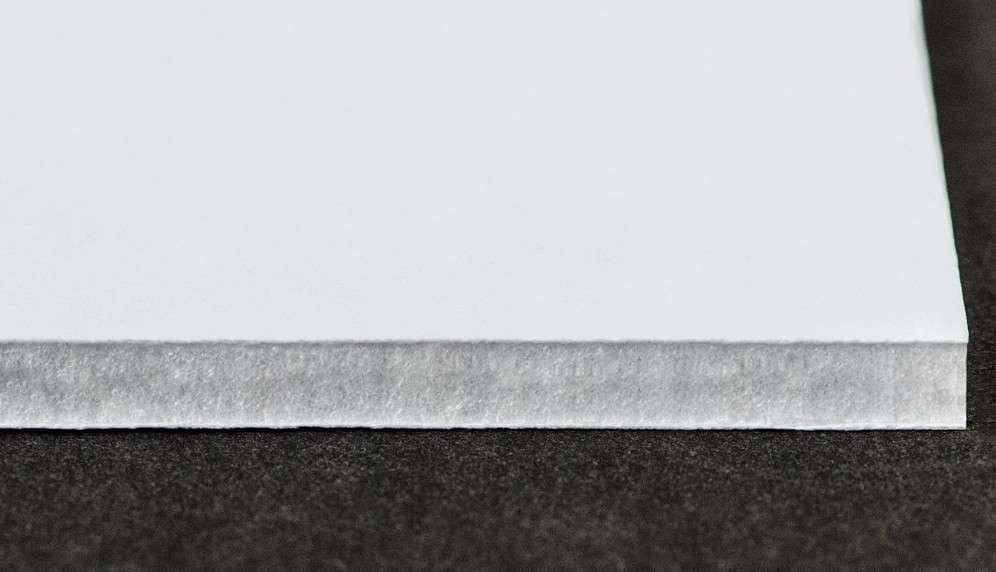
Board: Gator-Foam
Forget flimsy masonite. Gator-foam is lightweight but firm enough to stretch or tape paper onto. Buy a large sheet, cut it in half, and you’ll have two boards that can handle 11" x 15" paper with no warping.
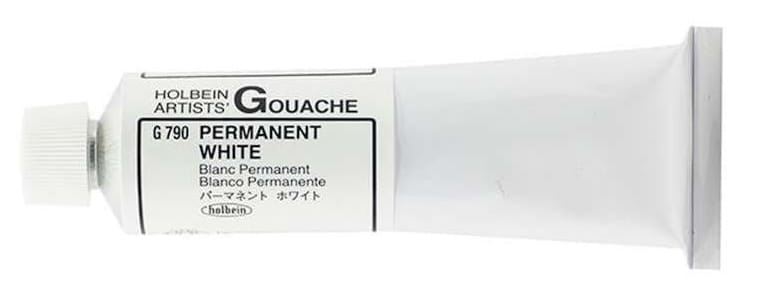
White Gouache: Holbein
Yes, I cheat a little. White gouache is my go-to for highlights and sparkle. I use Holbein because it’s thick, matte, and reliable. Sometimes I’ll add a touch of Jaune Brilliant #1 for sunny accents.
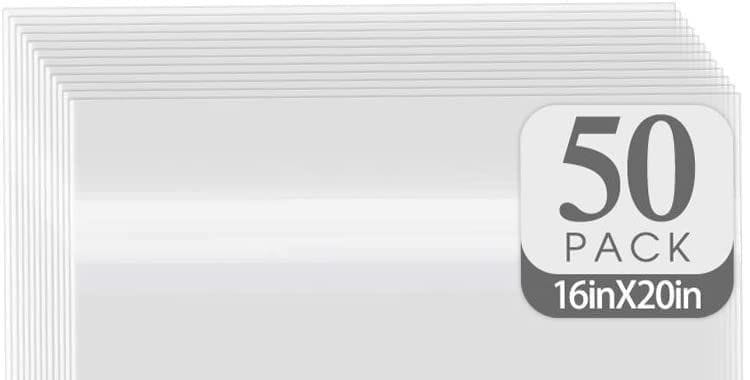
Storage Bags
Once your paintings are dry, protect them. I use clear plastic bags to keep dust, fingerprints, and garage grit off the work. Simple and cheap, but they save you from ruined art.
What I Don’t Use
Here’s what doesn’t make the cut:
- $200 brushes — synthetics today are excellent. Save your cash.
- Endless paint colors — stick with eight, learn to mix.
- 300 lb paper — overpriced and unnecessary for most work.
- Fancy containers — ziplocks and mason jars work just fine.
Final Thoughts
This is my entire watercolor setup. No hidden extras, no affiliate push, no fluff. Just the paints, brushes, and paper I actually use in the garage studio.
The truth? You don’t need much to get started. What you do need is to paint consistently, make mistakes, and tape those “failures” to the wall. That’s where the real growth happens.




